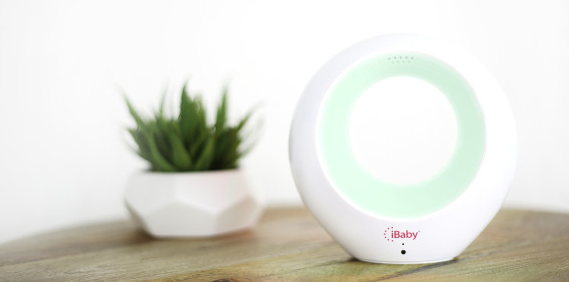Every single second of our lives, we breathe. Inhale, exhale, inhale, exhale: it is this unconscious rhythm that keeps us going, but seldom do we stop to think about the quality of the air around us. We can only do so much about the air outside, but there’s no excuse to being ill-informed about the air in our own homes. The company behind the uHoo is looking to make it easy to know what’s lingering in our own bedrooms, kitchens, and bathrooms so we can take the actions necessary to protect our health.
Bad quality air can be the cause of all kinds of immediate respiratory issues like allergies, and chemicals and other pollutants can affect our health in the long term. That’s why the uHoo has five sensors that measure particulate matter, airborne chemicals, temperature, humidity, and CO2. It communicates this information to you through a companion app compatible with iOS using Wi-Fi, with an Android and Web-based app coming later. The sparse app gives you an overview of your home’s air quality and gives you details about specific sections of your home, sending alerts whenever it senses something out of the ordinary. Stay on top of your air with $129, and expect a uHoo in June of 2015. The campaign is looking for $30,000 to get uHoo out to backers.
uHoo is continuing the trend of arming users with lots and lots of information about the air, like the similar Table Air. But even if the information it provides is valuable, it isn’t doing enough. A device like this should serve not only as a data recorder but intelligently connect to and control other devices in a home to actively provide that cleaner, healthier environment while you go about your business. It was minimally designed to blend in with your home, but maybe it blends in a little too well.
